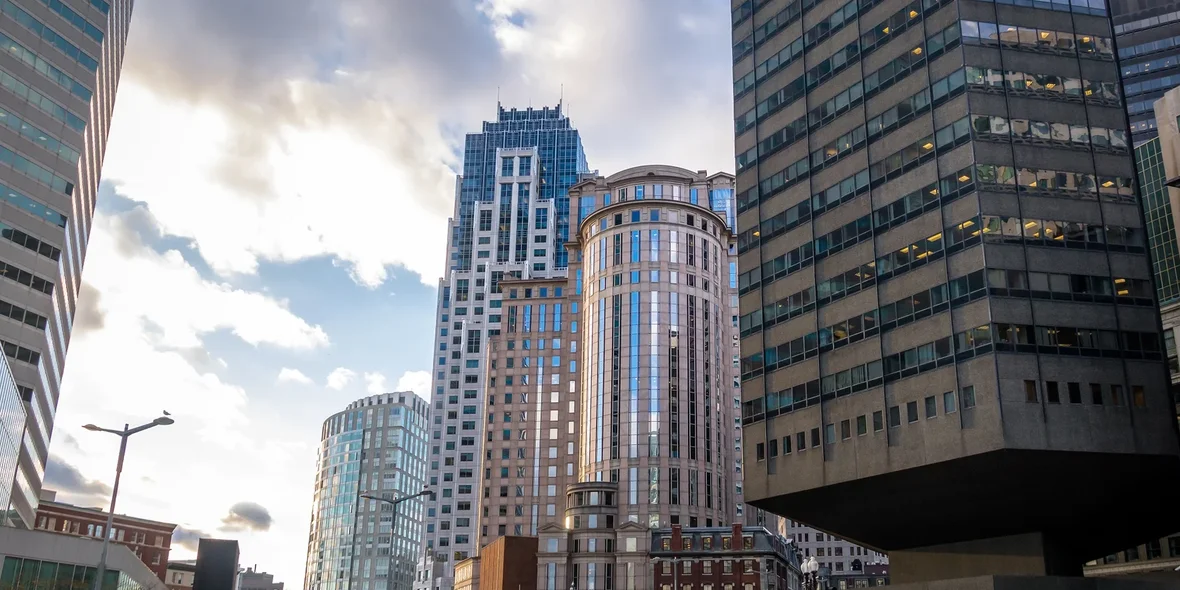
Transformation of Business Spaces: What will Commercial Real Estate be Like in the Coming Years
Commercial real estate has undergone significant changes in the years following the pandemic, driven by global economic and political instability, as well as demographic changes. An important factor has also been the revision of people’s lifestyles: everyday comfort and the desire to abandon complex logistics in favor of personal leisure are increasingly becoming a priority. However, according to analysts, 2025 promises to be a landmark year for the recovery and transformation of the entire global commercial real estate sector.
What trends determine its present and future — let’s figure it out together with the development director of the company Asterra, Konstantin Zlobin.
Rethinking Office Spaces

According to analysts at Hines Research, a major player in the global real estate investment management market, one of the most important factors is the need to rethink traditional office space projects. It became obvious after many companies switched to a hybrid work format. The decline in demand for “standard” offices led to increased interest in multifunctional business complexes, where the key role is played by the combination of space flexibility and employee comfort.
Experts expect that many organizations, both large and medium-sized businesses, will seek to optimize the office space they occupy. The choice will be made in favor of models adapted to hybrid work processes. This will create more convenient and attractive spaces for employees, which will have a positive effect on labor productivity and the overall climate in teams.
Priorities — Sustainability and Ecology
Every year, the emphasis on ESG values and the introduction of “green” technologies is becoming more relevant. Companies and investors are beginning to realize the importance of sustainable practices and technologies to reduce the carbon footprint — this reflects the needs of the population, primarily in developed countries, with a careful attitude to the environment. Accordingly, this approach creates new opportunities for the development of commercial real estate.
Thus, according to the Hines report, buildings that meet modern ESG standards may well become common practice in 2025. Investors are increasingly continuing to pay attention to “green” certificates such as LEED and BREEAM, and are ready to invest in the modernization of existing facilities to improve their energy efficiency and reduce their impact on nature.
Technology and Digitalization
Another important trend is the introduction of high technologies into the commercial real estate sector. The use of artificial intelligence, big data analytics smart services (such as the Internet of Things, digitalization of homes, and management of living space via the Internet) are becoming essential tools for those who want to succeed in the real estate market. Therefore, the integration of technologies into the project management process allows for increased operational efficiency and more comfortable conditions for those who rent space.
It is also clear that buildings equipped with smart technologies and services are more attractive to most tenants and allow owners to save on operating costs.
Growing Demand for Logistics and Warehouse Facilities
With the growth of online commerce and changing consumer habits, logistics properties continue to gain popularity. Analysts predict that the demand for such spaces will only increase in 2025.
At the same time, logistics hubs and warehouses located near major cities and transport hubs are becoming key to ensuring fast delivery of goods. This opens up new opportunities for investors and developers in the commercial real estate sector.
The industrial sector also remains traditionally stable. Demand for premises suitable for the creation of small enterprises remains quite high today.
Development of Flexible Spaces and Coworking
Popular coworking and flexible offices also continue to grow — this trend is expected to gain momentum in the future. Many companies today realize that the ability to choose their workspace is important for attracting promising specialists and increasing employee satisfaction. Flexible offices allow companies to adapt to changing conditions, reduce rental costs, and maintain the ability to quickly scale. Investors are beginning to more actively consider investing in such facilities, understanding their potential in the market.
Thus, the global trends we have listed point to the importance of 2025 for commercial real estate. Rethinking traditional office spaces, focusing on the ESG agenda, implementing modern technologies, developing logistics real estate, and flexible offices — these factors can become decisive for the future of the entire sector. Investors, developers, and property management companies must take these changes into account. This will allow them to remain competitive and effectively respond to new challenges.
Author
I am responsible for editorial work. I write expert interviews and guides.



















